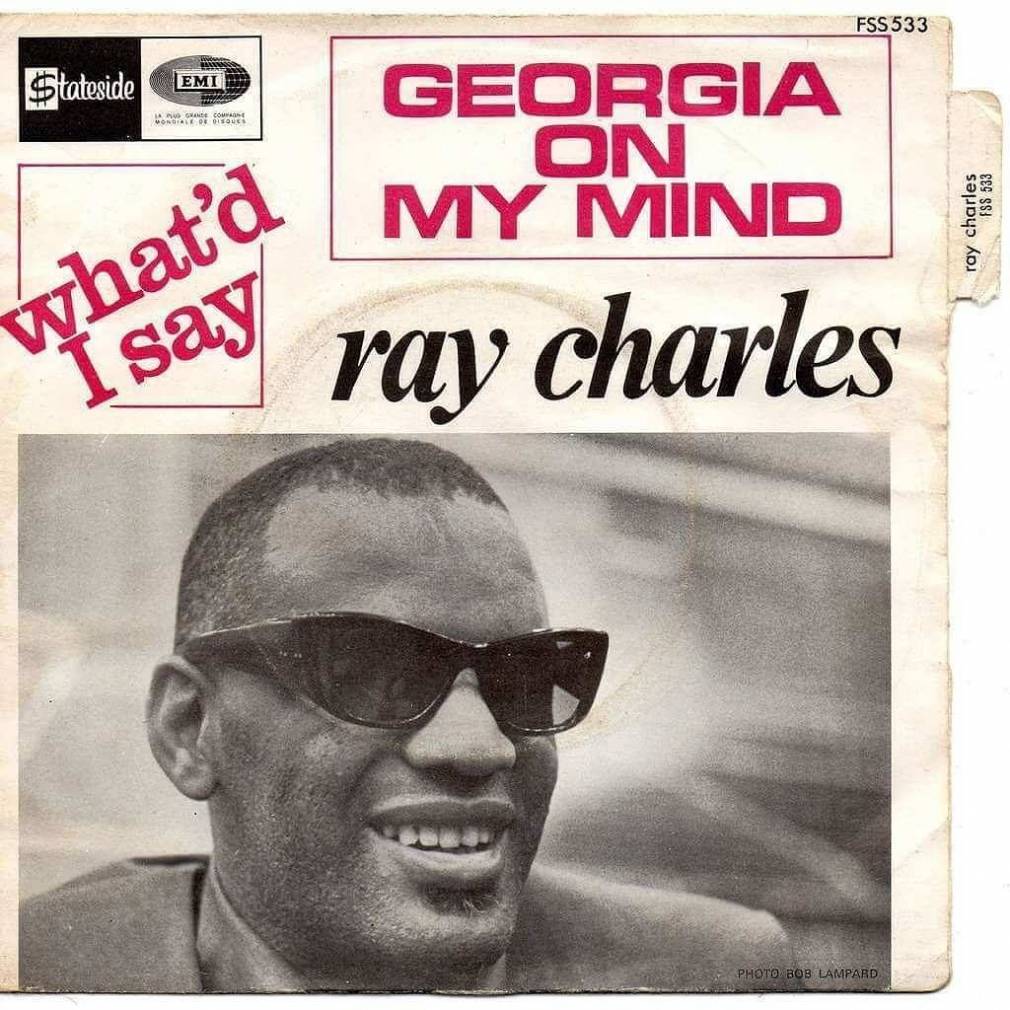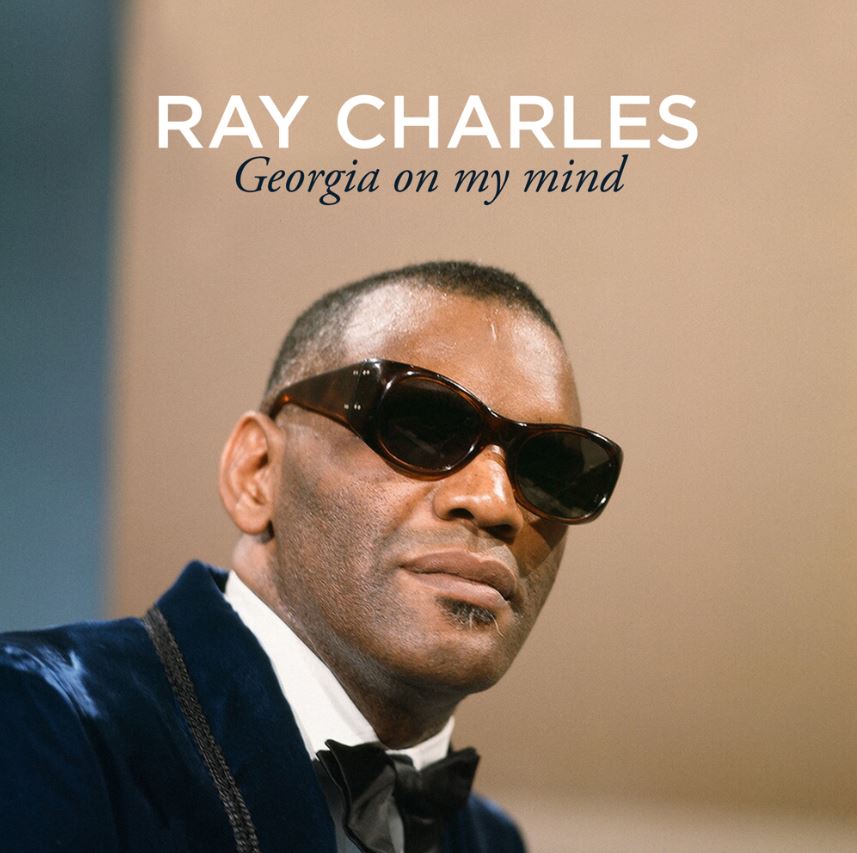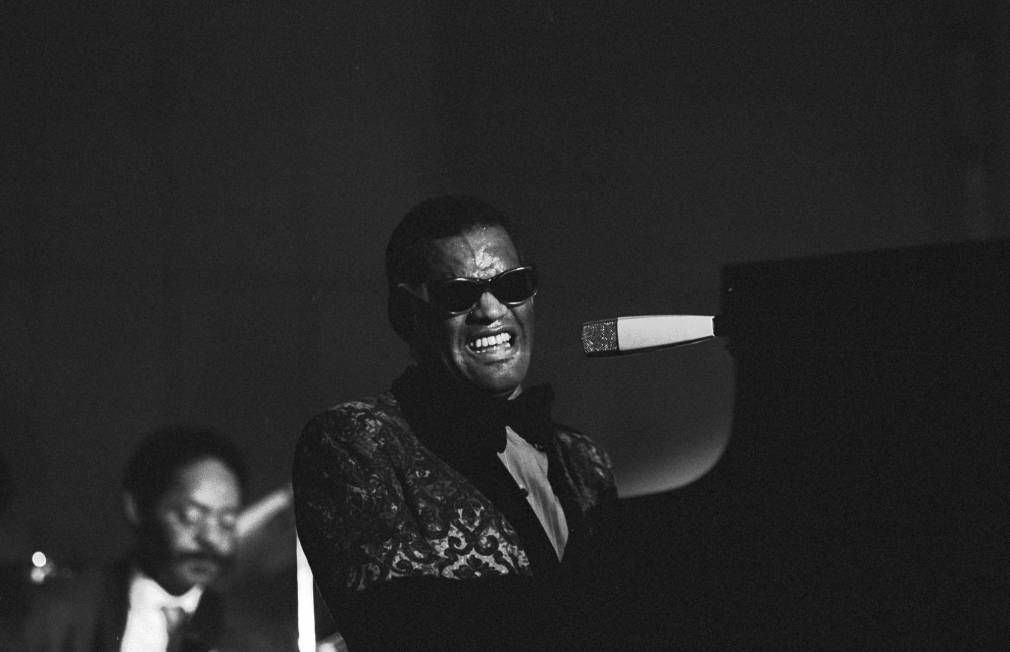In 1960, when Ray Charles reprised this ballad, he put a totally new spin on the popular American song. He sang about the state of Georgia where he grew up, a segregationist state whose racist policies he was still subject to at the time. Sixty years later, in the midst of the American election campaign, the song he made famous still resonates in people’s minds…
60 years later, Georgia is still here
3rd November 2020 – the day of the American presidential elections in the state of Georgia, where interminable queues stretched out in front of the polling stations. Some voters had to wait almost 12 hours before posting their ballot in the box. This was no accident. In large cities like Atlanta – with largely African-American populations – the Republican state government had ensured that there were far fewer polling stations per capita in black neighbourhoods, in order to discourage voters who were more likely to cast their votes for the Democrats. But in the wake of this election, two world-renowned black figures have emerged from Georgia. There was always the immense Ray Charles, eternally associated with the song “Georgia on My Mind”, which he sang at every single one of his concerts (he must have sung it more than 10,000 times!), but since 2020, Georgia also has Stacey Abrahams, an energetic 46-year-old Democratic lawyer, who has been making headlines thanks to her years of pushing African-Americans to vote, enough to swing the election! She has definitely put Georgia on our minds, thanks to her long term work in this southern state of the United States, once the seat of a terrible segregation that still manages to rear its ugly head when it comes to electoral boundaries. Newly elected president Joe Biden and his vice-president Kamala Harris, an avowed fan of black music, paid tribute to Georgia and the state’s genius in their victory montage, directed by Lorraine O’Grady, a heroine of the Harlem parades. There are no images of the two winners, victorious in Washington, D.C. Instead there are average Americans appearing in a golden frame to the tune of “America The Beautiful”, performed by the legendary Ray Charles in a tribute to the country’s newfound unity. And it’s quite a symbol because Charles and his song “Georgia on My Mind” really were on everyone’s mind during the campaign. In the predominantly Republican state, the song could be heard everywhere during the campaign.
On route to Georgia
“I said, Georgia, oh, Georgia, no peace I find. Just an old, sweet song, keeps Georgia on my mind.” Although he didn’t write the song, it was Ray Charles who knew how to popularise it. With his unique style and his stunning, crooning voice, he turned it into an anthem about the ghosts that haunt those who’ve experienced the racism of the south and still have ‘no peace’. It was originally a jazzy song written in the 1930s by two white composers: Stuart Gorrel, (a banker from New York) and Hoagy Carmichael (a songwriter also known for “Stardust” and “Winter Moon”). But it was Ray Charles who gave it the political, melancholic, strange and deeper meaning that the song is known for today (even if others such as Louis Armstrong, Deep Purple, Billie Holiday and James Brown have also sung it). For Ray Charles’ version of “Georgia on My Mind”, it all began in 1960. The blind pianist and singer had already released a few hits, including “What I’d Say”, when he decided to take up this popular ballad and include it on the album The Genius Hits the Road, a ‘concept album’ paying tribute to different locations. The idea of singing “Georgia” came to him from his driver who heard the Genius humming the song all the time. In the end, far more than “New York My Home” or “Blue Hawaii”, which were expected to be the album’s hits, it was “Georgia on My Mind” that eclipsed all the other tracks, thanks to the power of its interpretation and the intense emotion Ray Charles puts into it. As we’re listening to it we can understand that what haunts his mind is his state and not, in fact, a girl named Georgia (which was perhaps the case in the original song because it was the first name of the sister of one of the authors).

The colour of political…feeling
A political event would propel Ray Charles’ version even further, barely a year after its release. In 1961, Ray Charles was due to play in Augusta, Georgia, in the midst of segregation. Activists warned him that the theatre was strictly reserved for a white-only audience. So Ray Charles decided not to play that night. Like Sam Cooke and others who refused to sing in front of all-white audiences, he was torn between his mainstream celebrity and his ‘inferior condition’ as a black man, kept in perpetual subjugation by segregationist laws. And, like the others, he juggled the contradictions of this shameful period in his country’s history where his style and his voice brought him fame beyond the African-American community, which was itself shocked by his perceived sexualisation of gospel music at the beginning of his career. After having refused to play the Augusta concert, the artist was fined $700 by the show’s producer. It would be years before he would play in Georgia again. But “Georgia on My Mind” became the symbol of his activism, and Ray Charles became a symbolic figure for the black American community and the struggle for civil rights. Despite risks to his career he got closer to Martin Luther King, and no longer accepted concerts performed in segregated theatres. In 1975, in the show Sounds Unlimited, he explained that he had suffered a lot from segregation: ‘It’s a very sad thing for a country like the United States. It’s the most abject thing I had to live with growing up in the South. The most terrible thing was not being able to go where I wanted to go, not being able to eat where I wanted to eat.’ As with all his concerts, (including the last one he gave in Paris in 2002), Ray Charles played “Georgia on My Mind” at the Salle Pleyel in Paris in 1970. A few years later, the song was to get yeat another fresh breath of political life. In 1979, fifteen years after the Jim Crow laws had been abolished, the state of Georgia apologised to the singer and chose his song as its official state anthem. In 2007, four years after Ray Charles’ death in Los Angeles, a bronze statue of him was unveiled in Albany, Georgia the city where he was born, in the middle of a brand new $2 million square named after him. Whether it had been his intention or not, Ray Charles had reconciled two worlds that for a long time could not exist side by side in Georgia: the white mass consumerist culture and the African-American gospel communities, the descendants of slaves who worked on Georgia’s plantations. Today, they all have the right to vote and…to consume.
Unavailable on streaming platforms for several years, the master recording of this iconic song is now realeased thanks to the Ray Charles Foundation, Exceleration Music, Tangerine Records and IDOL.





